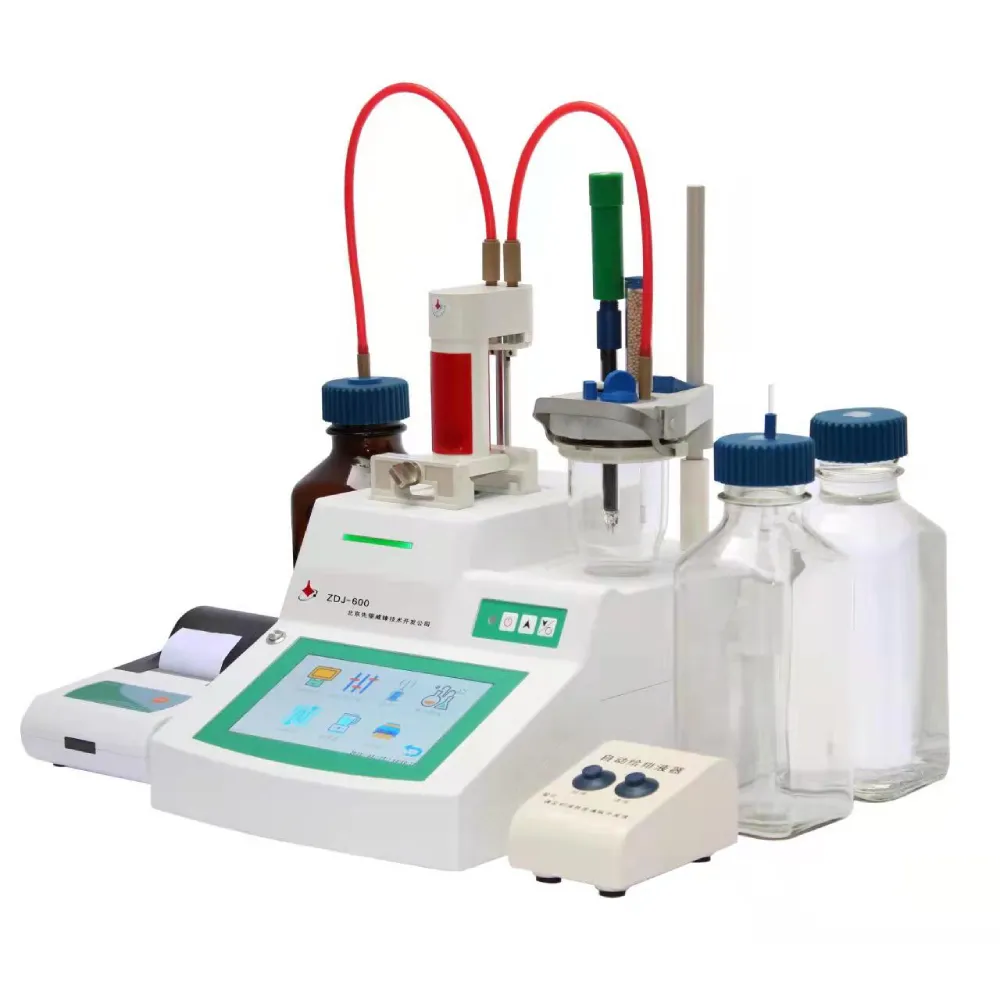 English
English


Exploring Effective Methods for PCB Testing in Transformer Applications for Enhanced Performance
Testing Transformer PCBs Ensuring Reliability and Performance
The rapid advancements in technology have significantly increased the complexity of electronic circuits, particularly in the field of power electronics. Among these, transformer printed circuit boards (PCBs) play a crucial role in various applications, from consumer electronics to industrial systems. Given the paramount importance of reliability and efficiency in electrical devices, rigorous testing of transformer PCBs is essential to ensure optimal performance and longevity.
Understanding Transformer PCBs
A transformer PCB typically incorporates winding structures and connection points for transformers, facilitating efficient energy conversion between different voltage levels. The design intricacies of these PCBs—such as trace width, soldering quality, and layout optimization—are critical for managing electrical properties and thermal performance. As such, the testing of transformer PCBs must assess both electrical and physical characteristics to ensure they meet stringent operational standards.
Types of Testing for Transformer PCBs
1. Visual Inspection The first step in PCB testing involves a thorough visual inspection. This process helps identify surface defects such as improper solder joints, misplaced components, or any signs of damage. Experienced technicians utilize a magnifying glass or microscope to scrutinize the board, ensuring that all components are correctly positioned and that no foreign objects or contaminants are present.
transformer pcb testing

2. Electrical Testing Electrical testing is fundamental to validate that the PCB functions correctly under operational conditions. This testing often includes - Continuity Testing Ensuring that all paths within the PCB are intact and free from short circuits. - Insulation Resistance Testing Measuring the insulation between different points to confirm that there are no unintended conductive paths that could lead to failures. - Dielectric Strength Testing Applying high voltage to assess the PCB’s ability to withstand electrical stress without breaking down.
3. Functional Testing After ensuring that the PCB is electrically sound, functional testing evaluates the board under its intended operating conditions. This often involves simulating real-world scenarios to ascertain that the transformer performs as expected. For instance, testing its efficiency at various loads, temperature compliance, and checking output stability are critical for confirming performance reliability.
4. Thermal Testing Given that transformers can generate significant heat during operation, thermal testing is vital. This involves assessing the thermal management system of the PCB, ensuring that heat dissipation mechanisms, such as heat sinks and thermal vias, are effective. Infrared thermography may be employed to visualize heat distribution and identify potential hot spots that could lead to component failure.
5. Environmental Testing To simulate different operating conditions, environmental testing plays a significant role. This includes subjecting the PCB to varying temperature extremes, humidity levels, and vibration conditions to ensure stability and reliability in diverse environments. Such tests help predict the lifespan and durability of the transformer under real-world conditions.
Conclusion
Testing transformer PCBs is an indispensable part of the manufacturing process that guarantees the reliability and performance of electronic devices. By employing a combination of visual inspections, electrical testing, functional assessments, thermal evaluations, and environmental testing, manufacturers can ensure that their transformer PCBs will operate effectively under the expected conditions. As the demand for efficient and reliable power solutions continues to grow, stringent testing protocols will remain critical in the development of high-quality transformer PCBs, ultimately contributing to the advancement of technology and improving overall consumer satisfaction.
-
Differences between open cup flash point tester and closed cup flash point testerNewsOct.31,2024
-
The Reliable Load Tap ChangerNewsOct.23,2024
-
The Essential Guide to Hipot TestersNewsOct.23,2024
-
The Digital Insulation TesterNewsOct.23,2024
-
The Best Earth Loop Impedance Tester for SaleNewsOct.23,2024
-
Tan Delta Tester--The Essential Tool for Electrical Insulation TestingNewsOct.23,2024





